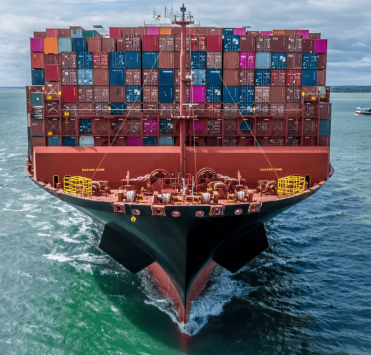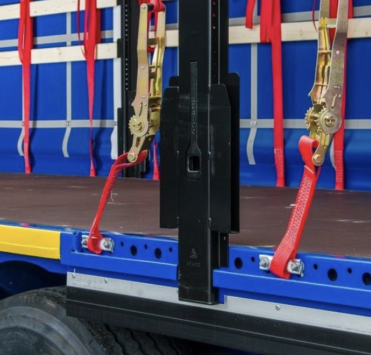EU invests heavily in the development of routes to China which bypass Russia and Belarus

The European Union is allocating 10 billion euros for the development of a multimodal transport route that will contribute to the development of the Middle Corridor infrastructure linking Europe to China via Central Asia. This information is reported by trasportoeuropa.it.
The EU funds allocated are based on a clearly structured plan that includes 33 infrastructure projects as well as agreed institutional, legal and technical measures. This operational approach is based on a study that identified three alternative routes: northern, central and southern. Ultimately, a decision was taken in favour of the middle option. According to this decision, the focus will be on infrastructure projects involving Kazakhstan and Uzbekistan.
Projects related to railway infrastructure development cover a variety of tasks. Including a bypass of the Kazakhstan station in Almaty to create an alternative route predominantly focused on freight traffic, as well as modernization of the entire transport route from Kazakhstan to the border with China and upgrading of border terminals between Uzbekistan and Kazakhstan.
In addition to investing in rail infrastructure, the European Union has also committed to expanding port facilities on the Caspian Sea to encourage the use of this mode of transport in the Middle Corridor. Some of these projects are already underway and are being financed through European institutions such as the European Investment Bank (EIB) and the European Bank for Reconstruction and Development (EBRD), which have so far committed a total of three billion euros.
Apart from geopolitical developments such as the war in Ukraine, the demand for the Middle Corridor as a transport route continues to grow. This route was envisaged back in 2013 as part of the larger One Belt, One Road initiative and became a reality in December 2016 with the establishment of the Trans-Caspian International Transport Route Association, including the participation of Kazakhstan, Azerbaijan and Georgia.
A number of infrastructure projects contributed to the development of the Middle Corridor. In particular, the completion of the Trans-Kazakh Railway in 2014 created a one thousand kilometre east-west transport axis in the country. These investments, supported by the EBRD, the Asian Development Bank and the Islamic Development Bank, aim to make Kazakhstan a key transit hub between the Caucasus and the West via the Caspian Sea.
In recent months, numerous memoranda of understanding have been signed between major logistics companies and Kazakhstan's railways for new investments in infrastructure and terminals. In addition, there has been an active development of port structures on the Caspian Sea: the ports of Aktau and Kuryk, which handle 40 per cent of cargo traffic, are undergoing intensive growth. The port of Aktau plans to complete construction of a new large container terminal by 2025.
An important component of the Middle Corridor is the construction of the Baku-Tbilisi-Kars railway, which opens up the possibility of a link to Turkey or, alternatively, to the Black Sea. This railway, which has been operational since 2017, is increasingly being targeted for investment for modernization. In January 2023, Azerbaijan decided to invest another one hundred million euros to increase the line's capacity, especially as traffic grew by a record 30 per cent between 2021 and 2022.






